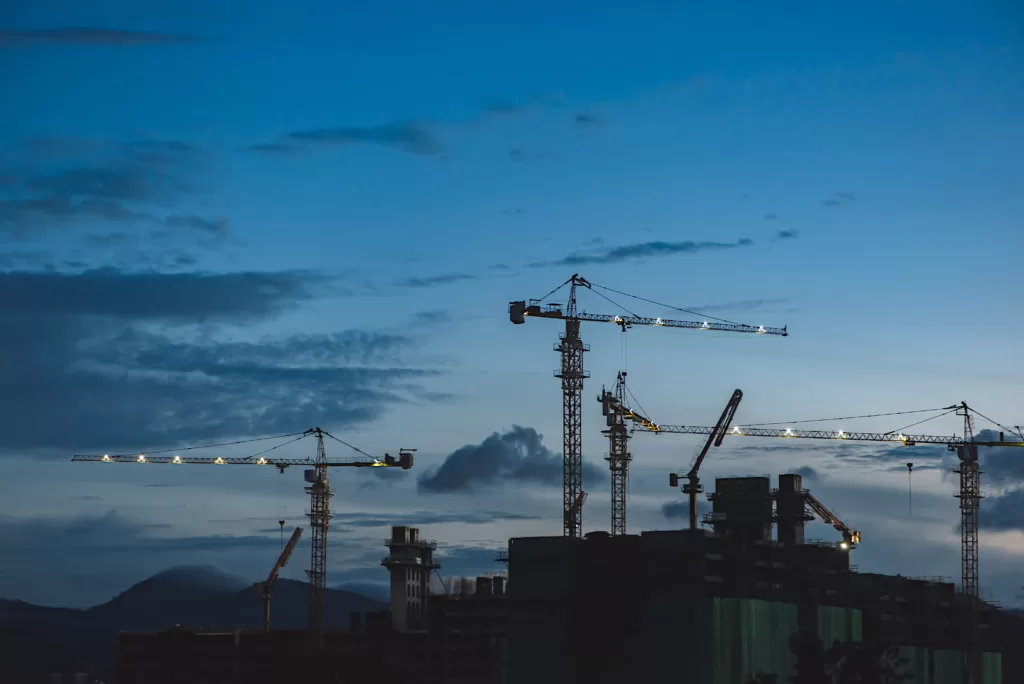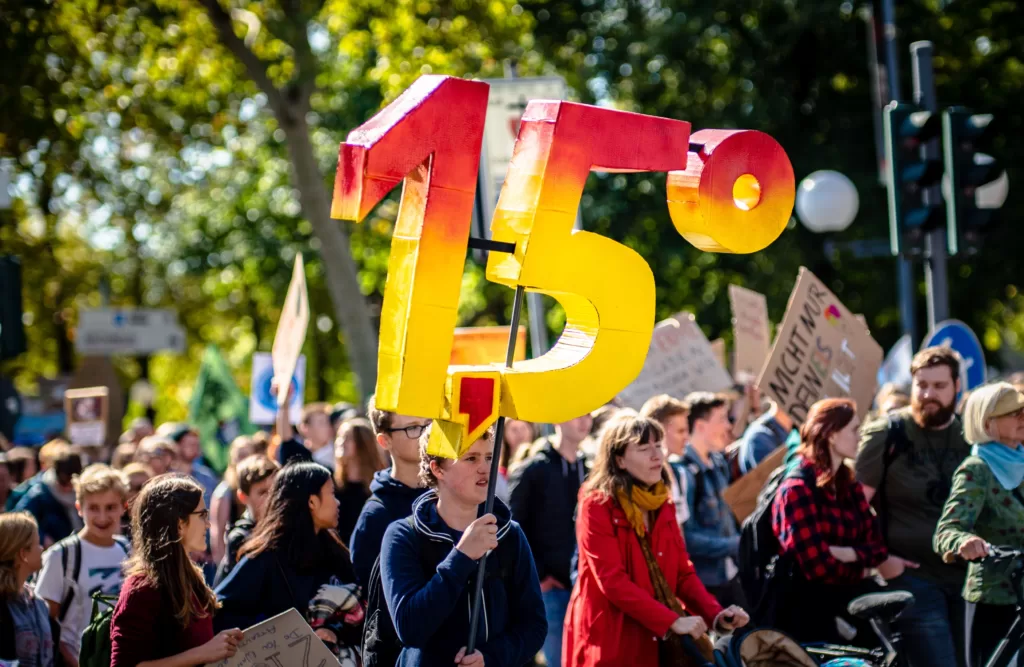The building industry is a substantial contributor to pollution. Making it sustainable and more eco-friendly has many challenges.
 The polluter pays principle places the onus on those responsible for pollution to bear the cost. The principle has evolved to encompass expenses tied to accidental pollution prevention, control, and clean-up. : EJ Yao (Unsplash) Unsplash License
The polluter pays principle places the onus on those responsible for pollution to bear the cost. The principle has evolved to encompass expenses tied to accidental pollution prevention, control, and clean-up. : EJ Yao (Unsplash) Unsplash License
The building industry is a substantial contributor to pollution. Making it sustainable and more eco-friendly has many challenges.
In the heart of a bustling city, construction of a new skyscraper is underway. Cranes swing, workers toil and cement mixers whirl, embodying human ambition and progress. Yet, amid this rapid development, a pressing question looms: what is the environmental cost?
The building industry will come under the microscope at this month’s COP28 summit in Dubai, UAE, a city risen from the sand where cranes are an almost permanent feature of the skyline.
Often lauded as an engine of economic growth and infrastructure development, construction is a substantial contributor to environmental pollution.
Take aluminium. It is lightweight and resistant to corrosion. But the environmental price of aluminium production is steep, marked by energy-intensive processes with harmful consequences on health and the environment.
One study highlights the alarming emissions of aluminium manufacturing, including carbon dioxide, sulphur, sulphur dioxide, nitrogen dioxide, mercury-containing compounds, and halogenated particles with fluorine.
Astonishingly, this production sector accounts for a significant 3 percent of global greenhouse gas emissions, which has resulted in calls for swift action within the supply chain which urge construction stakeholders to confront their polluting practices and reduce their environmental footprint.
Vigilant monitoring of manufacturing processes and the effective enforcement of environmental laws and regulations have the potential to propel cleaner production practices, mitigating environmental impact.
In July 2022, a Malaysian aluminium smelting company was fined MYR36,000 (USD$7,707) for violating environmental pollution regulations under Malaysia’s Environmental Quality Act of 1974.
But with stricter enforcement of environmental regulations, such as low-impact development, comes higher operating costs for builders.
These higher construction costs, in turn, can lead to higher consumer prices for homes and other buildings, particularly eco-friendly structures with advanced materials, like those built to standards such as Passivhaus in the UK.
The positives are apparent. While buyers and renters are faced with increased upfront costs, these are balanced by long-term energy savings.
At the same time, there are opportunities for manufacturers of eco-friendly building materials, leading to an expanded global market for green construction materials.
The flipside of that, however, is increased compliance costs, requiring construction companies to allocate resources for material sourcing and pollution mitigation.
Despite these challenges, the need to internalise external pollution costs promotes research and innovation within the construction industry.
Construction firms around the world are now embracing Environmental, Social, and Governance (ESG) metrics in their business. As part of their environmental commitment, these firms champion sustainable procurement, which compels the supply chain to share the environmental responsibilities linked to the materials they provide.
This approach considers resource depletion, carbon emissions and waste generation, aligning with the principles of making the polluters pay.
Swedish building firm Skanska is a leader in this with its sustainable procurement policy, which prioritises sustainable material sourcing.
It engages its suppliers to actively reduce their carbon footprint and manage environmental and social impact. Skanska’s commitment is evident in its exclusive collaboration with suppliers who understand the nature of their products and their responsibility to protect the environment while maintaining positive relationships with their employees and local communities.
The polluter pays principle places the onus on those responsible for pollution to bear the cost. Originally concerned with allocating costs related to pollution prevention and management, the principle has evolved to encompass expenses tied to accidental pollution prevention, control, and clean-up.
The concept of green supply chain management integrates environmental considerations to reduce the consumption of materials and unintended environmental consequences.
Sustainable supply chain management is a more comprehensive concept, encompassing environmental, social and economic aspects of manufacturing, labour practices and corporate social responsibility.
Sustainable supply chain management aligns with the polluter pays principle by promoting responsible sourcing, waste reduction, and carbon footprint reduction. It ensures polluters bear the costs of mitigation and prevention.
Government regulations can help, particularly in encouraging responsible sourcing of materials and sustainability standards.
California’s Green Building Standards Code (CALGreen) mandates sustainable construction practices, while tax incentives and certification programs such as Singapore’s Green Mark Scheme and the United States LEED Certification offer financial rewards for adhering to sustainability standards.
In Malaysia, the Green Building Index (GBI), endorsed by the government, promotes sustainable construction practices, and projects achieving GBI certification receive recognition and incentives. Additionally, governments require environmental impact assessments for major projects, which assess and minimise environmental impact.
However, the practical application of the polluter pays principle faces hurdles with enforcement, cost and compliance. Smaller building firms in particular often struggle to meet the cost of compliance or any penalties.
The absence of consistent standards also leads to confusion and higher costs for construction companies operating across different countries.
Complex permit applications and environmental impact assessments can be time-consuming. Poor monitoring and enforcement of environmental regulations, primarily in developing countries, undermine the effectiveness of the policy, allowing some construction companies to evade environmental responsibilities. For example, illegal sand mining persists despite bans.
Public awareness and education play a critical role in conveying the importance and implications of the polluters pay policy. Workshops, awareness campaigns, and education programmes ensure communities are well-informed about environmental regulations and the responsibilities of construction companies. Transparency in project planning enables communities to voice concerns.
The construction industry is at a crossroads, balancing progress and environmental responsibility. The increasing adoption of sustainability practices fosters innovation as the industry meets the costs of pollution.
However, challenges persist in practical implementation and ensuring transparency. Strict adherence to the polluter pays principle within the construction supply chain is imperative for shaping a sustainable and responsible future.
Ts. Dr. TamilSalvi Mari is a Program Director for the Master of Science in Virtual Design and Construction at Taylor’s University, Malaysia. Salvi’s research is centred on sustainable built environments, with a particular focus on energy efficiency, digitisation, decarbonisation, and creating humane living spaces.
Originally published under Creative Commons by 360info™.












